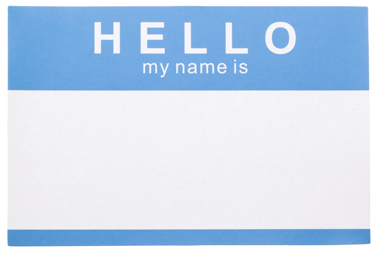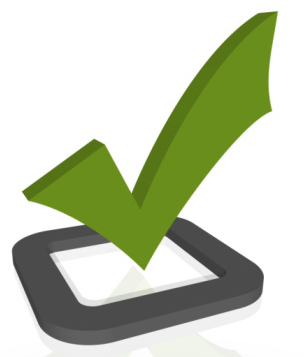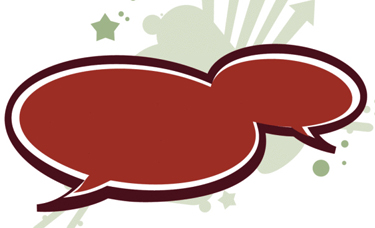Persona Guidance | The User Experience
How are you collecting and consolidating the user research you’re conducting? Don’t let that hard work go to waste. Consider developing personas to serve as a useful repository.
Personas are fictional depictions of the audiences you want to serve. They go deeper than basic demographic information—personas should describe people’s motivations and goals, not just their age and gender.
Personas can be used any time you’re planning a program or service, or any time you’re making a big decision. A great benefit of having defined personas is their ability to focus conversations and elevate them above personal preferences to the actual needs of the people you mean to serve.
Below, you'll find an outline of what a persona document might look like.

NAME Giving your personas proper names makes them feel more real and provides an easy way to reference them. Ideally, everyone working in your library would be familiar with these folks on a first-name basis.

PHOTOGRAPH Again, this adds to the realism and facilitates making a connection. Fit the photograph to the persona and use realistic head-and-shoulder photos of normal people. Finding the right photograph can take some time. Try searching Flickr for Creative Commons–licensed photos (flickr.com/search).

GOALS A persona’s goals are probably the most important piece of the puzzle. This is because user motivations and goals should be a focal point, so you need to ensure that the goals of each persona are realistic.
Here is a typical set of goals for a persona using a library intranet:
- focused on raising children
- trying to make ends meet

QUOTE Another humanizing effort, quotes help flesh out a character. Consider this example: “When I found that article about my great-great-grandfather, I was so happy I cried” (quoted from a persona developed by HathiTrust).
This quote highlights the goals, motivations, and values of this persona.

AGE It’s a good idea to create personas that reflect the diversity of ages you serve. However, don’t let your persona development lapse into a typical market segmentation exercise.
Creating persona documents
In addition to the above, consider including details to help develop your personas and make them more human, such as occupation, education, and hobbies.
Aim to create around five personas: any fewer, and they’ll be too generic; more, and they’ll be too specialized.
Remember: the resulting persona document is a reminder of your research process and your organization’s increased understanding of its users. So before you create the document, you must learn about your users! The best way to do this is by conducing user interviews (see “Learn by Asking,” LJ 3/1/10, p. 24). You’ll ask users questions about their lives and create composite sketches based on what you learn.
If you can’t take the time to do actual research, lead a brainstorming session with your staff. Ask the same questions you’d ask of real community members and ask staffers to respond as if they’re the interview subjects. Use the brainstormed behaviors to piece together personas, and give your personas a thorough reality check at the end of the process. If you can think of some real library members who are represented by each persona, you’ve done a good job.
We have personas. What now?
It isn’t an overstatement to say that no matter what the issue you’re thinking about—whether it be about your website or drinking fountains—personas can help you make smarter decisions.
Gather a group and spend some time discussing each persona. Ask questions such as the following to help you brainstorm how you can help these people:
- What does X need from the library in order to be successful in life? This emphasizes the life of the persona and its needs. It is the most important of the persona questions.
- What does X need in order to successfully use the library? This emphasizes the persona’s actual and potential library use, narrowing the focus of the brainstorming.
Now that you know more about the people you’re trying to serve, you have a new lens with which to view your library. When thinking about a service, ask yourself which personas use it. Have you learned anything about these people that will enable you to tailor it to them?
Whether you’re trying to improve an existing touchpoint or create a new service, referring back to your personas is a strategy that will benefit your users and your library. By meeting your users needs and helping them to succeed, the library will be important to them—and what better form of library advocacy could there be?
RELATED
ALREADY A SUBSCRIBER? LOG IN
We are currently offering this content for free. Sign up now to activate your personal profile, where you can save articles for future viewing









Add Comment :-
Comment Policy:
Comment should not be empty !!!